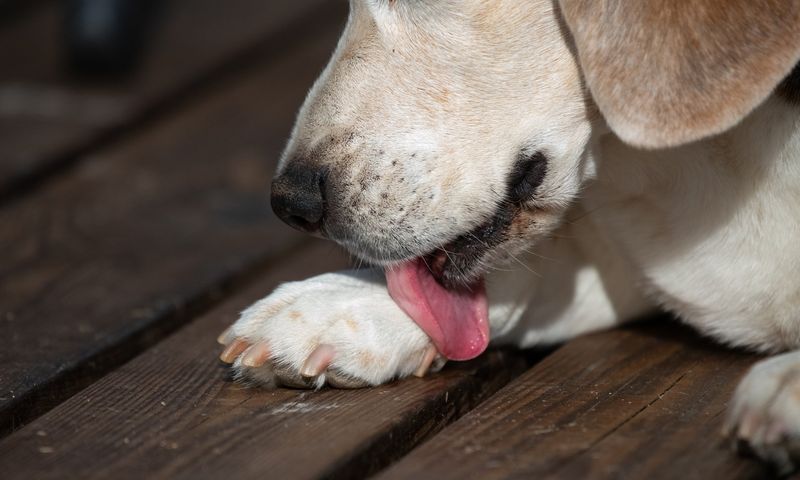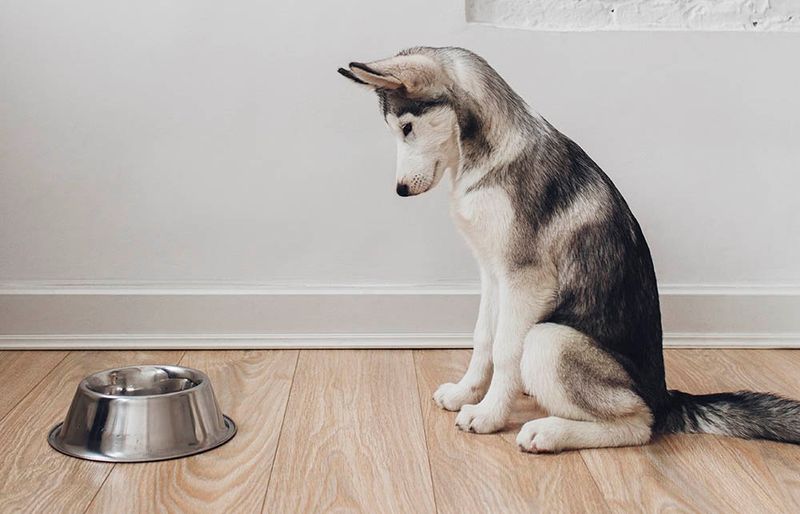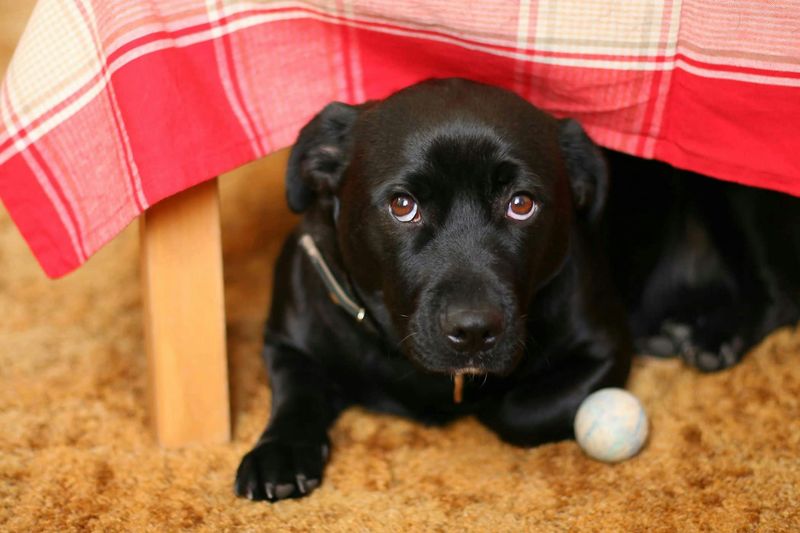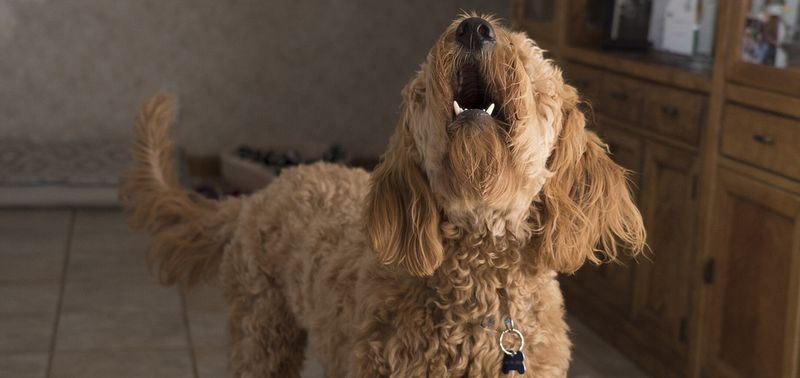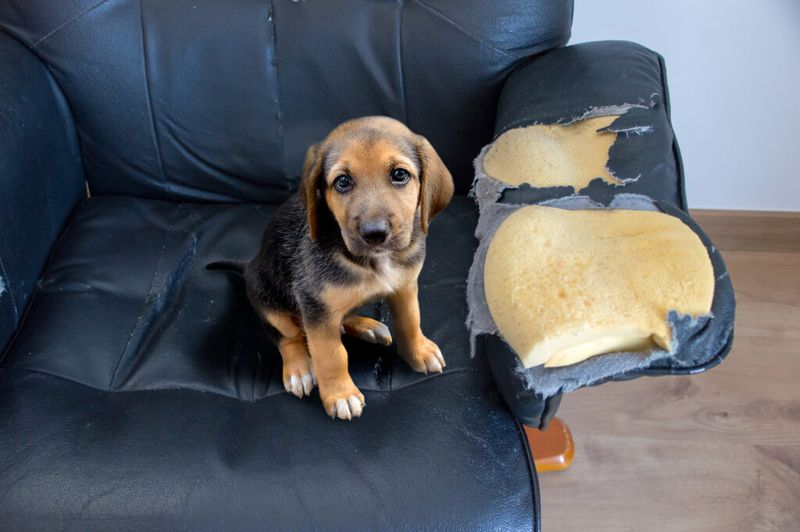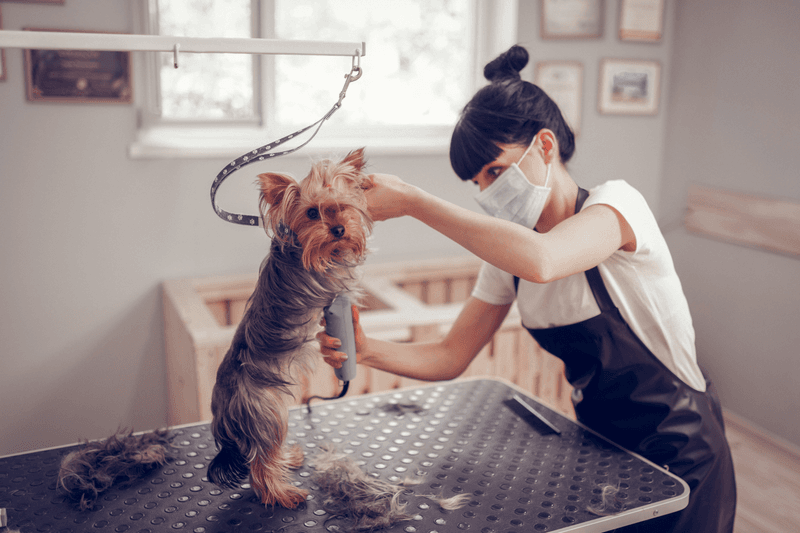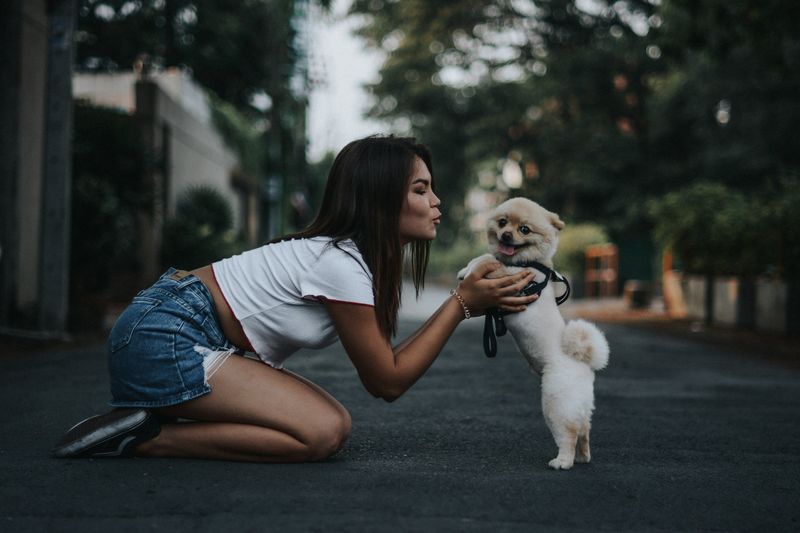Our furry friends rely on us not just for their physical needs but for their emotional well-being too. Dogs may not express their feelings as humans do, but they surely give us signs. Recognizing these subtle cues is the first step in ensuring your dog’s happiness and health. From changes in behavior to physical indicators, understanding what your dog is silently communicating can enhance their life and yours. Let’s explore 13 subtle signs that your dog might need a little more happiness and care in their life.
Decreased Playfulness
When your once energetic pup suddenly becomes disinterested in their favorite toys, it’s a sign something might be amiss. Perhaps they’ve lost that playful spark that used to light up their eyes. Remember when they used to bounce around like a fluffy tornado, chasing every ball thrown their way? Now, they might just sit quietly, watching the world go by without a wag of excitement.
This change could be due to boredom or even an underlying health issue. A visit to the vet and some new engaging activities might just reignite their playful spirit.
Excessive Licking
Ever notice your dog licking their paws or body excessively? This can be more than just a grooming habit. While some licking is normal, doing it too often could signal stress or allergies. Imagine the sensation of an itch you can’t scratch—frustrating, right?
Dogs may lick to soothe themselves or because they are anxious. It’s essential to observe when and where this behavior occurs and consult your vet. Sometimes, a change in diet or environment can work wonders in alleviating this repetitive behavior.
Changes in Appetite
Has your pup suddenly turned their nose up at their favorite meal? A change in appetite can be a sign that all is not well in your dog’s world. Maybe they used to gobble their food with joy, and now they just stare at it, uninterested.
This could be due to stress, dental issues, or other health concerns. Imagine skipping your favorite meal—something must be off. Keep an eye on their eating habits and consult a vet if the change persists. Sometimes, a small tweak in their diet can bring back their zest for food.
Lack of Energy
Does your dog seem more like a couch potato nowadays? A decrease in energy levels might indicate they’re feeling unwell or unhappy. Remember when they would wag their tail with the energy of a live wire? Now, they might just lounge around, barely lifting their head.
This could be due to age or an underlying health issue. Make sure they’re getting enough exercise and mental stimulation. A brisk walk or a new game might just help them bounce back. Always check with your vet if lethargy becomes a pattern.
Isolation
Is your dog suddenly seeking solitude, spending more time alone? Dogs are social creatures, and a sudden preference for being alone could be a cry for help. Picture a once joyful, social butterfly now cocooned in isolation.
This behavior could stem from anxiety, a health issue, or changes in their environment. It’s essential to spend quality time with your furry friend, offering affection and reassurance. If the isolation persists, consulting with your vet or a dog behaviorist might uncover underlying issues.
Excessive Barking
If your dog has taken up barking as a full-time hobby, it might be worth paying attention. Excessive barking can indicate stress, boredom, or even fear. Imagine a smoke alarm going off repeatedly—annoying, right?
While some barking is normal, a sudden increase can disturb harmony. Understanding the trigger is crucial. Whether it’s the neighbor’s cat or the mailman, identifying the cause can lead to calming solutions. Providing toys, playtime, or training can ease this behavior, helping your pet find peace.
Destructive Behavior
Finding chewed-up shoes or shredded newspapers? Your dog might be trying to tell you something. Destructive behavior can be an outlet for pent-up energy or anxiety. Imagine being cooped up with no outlet for your energy—frustrating, isn’t it?
Understanding what triggers this behavior is key. More exercise or mental engagement, like puzzle toys, can redirect their focus. If destruction becomes a pattern, consulting a professional trainer or vet can provide guidance and solutions to curb this habit.
Changes in Sleeping Habits
Has your pup become a night owl or taken on daytime snoozing as a new hobby? Changes in sleeping habits may reveal underlying discomfort or stress. Imagine suddenly having your sleep pattern flipped, leaving you disoriented.
Monitoring when and how much your dog sleeps can provide clues to their well-being. Whether due to health issues or environmental changes, addressing these shifts can enhance their comfort. Consulting a vet can help determine if the change is part of a bigger concern.
Aggression
Aggression in your normally docile dog can be alarming. It might signify that they’re feeling threatened, scared, or unwell. Picture a previously gentle soul suddenly baring teeth or growling at shadows.
Identifying the source of aggression is crucial. Whether it’s a reaction to a new environment, people, or other animals, understanding the trigger can lead to effective solutions. Professional guidance from a vet or behaviorist can help your pet return to their calm self, ensuring everyone feels safe.
Frequent Scratching or Biting
Does your furry friend seem to be in a constant battle with invisible fleas? Frequent scratching or biting can indicate allergies or skin issues. Imagine having an itch you just can’t reach—it’s maddening!
Understanding what triggers this discomfort is essential. A change in diet, environment, or even shampoo might be needed. Regular grooming can also alleviate some issues. If scratching persists, a trip to the vet can help diagnose and treat potential allergies or skin conditions.
Panting More Than Usual
If your dog is panting excessively without apparent cause, it might be a sign of stress, anxiety, or health issues. Panting is normal after exercise, but when it’s excessive, it can be worrying.
Imagine feeling breathless without running a marathon. Checking for other signs of discomfort, such as pacing or whining, can help you understand the context. Ensuring they have a cool, comfortable place to relax and access to water can help. Consulting with a vet is advisable if panting continues.
Changes in Grooming
Has your normally pristine pup started looking a bit bedraggled? Changes in grooming habits can indicate physical or emotional distress. Imagine waking up and not caring about your appearance—something must be off.
Regular grooming is essential for a dog’s health and happiness. If your dog is neglecting their grooming or over-grooming, it’s important to understand why. It might be as simple as needing more baths or a sign of deeper anxiety. Consulting your vet can provide clarity and solutions.
Avoiding Eye Contact
If your dog suddenly avoids eye contact, it might be trying to communicate discomfort or submission. Eye contact is a significant part of canine communication. Picture them turning their head, avoiding your gaze—it could be more than shyness.
This behavior might stem from anxiety, feeling unwell, or changes in their environment. Gaining their trust through gentle interaction and reassurance can help. If avoidance continues, seeking advice from a vet or dog behaviorist can provide insight into their emotional state.


